 Shutterstock
Shutterstock
As dog owners, we want to make sure our furry friends live their happiest lives. Although dogs cannot speak, they have many ways of showing us when they are content and happy. Recognizing these signs will help you understand your dog better, strengthen your bond, and ensure their needs are met. From a wagging tail and bright eyes to a relaxed demeanor, there are clear indicators that show a dog’s happiness. Understanding these cues allows you to provide the best care and companionship for your faithful companion.
A Loose, Wagging Tail
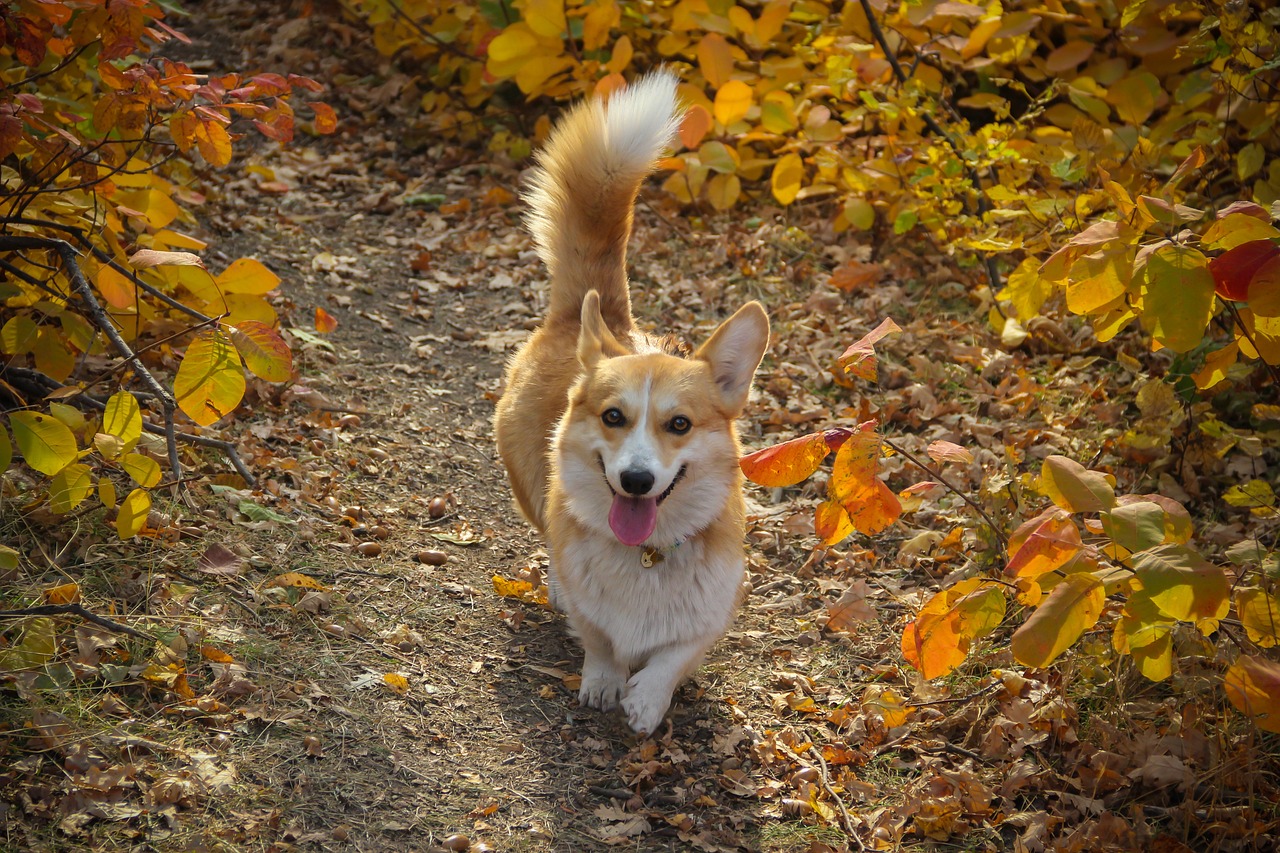 Shutterstock
Shutterstock
A loose and wagging tail is one of the most obvious signs of a happy dog. When your dog’s tail is wagging freely, often with their whole body wagging, this is a sign that they are excited and content. Unlike stiff or low tail wags, which can indicate anxiety or insecurity, a happy tail wag is relaxed and often accompanied by a happy expression. Pay attention to how your dog’s tail wags in different situations—when it’s loose and moving, you can be sure he’s feeling good.
Relaxed Ears and Body Posture
 Shutterstock
Shutterstock
When a dog is happy, their body language tends to be loose and relaxed. These include soft ears, a relaxed jaw, and a slightly open mouth. A happy dog’s body will be relaxed, with no signs of stiff movements or raised hackles. If your dog’s ears are naturally floppy, you may find them slightly drooping in a comfortable manner, not pinned back on their head. This relaxed demeanor is a good sign that your dog feels safe and happy in their environment.
Playful Behavior
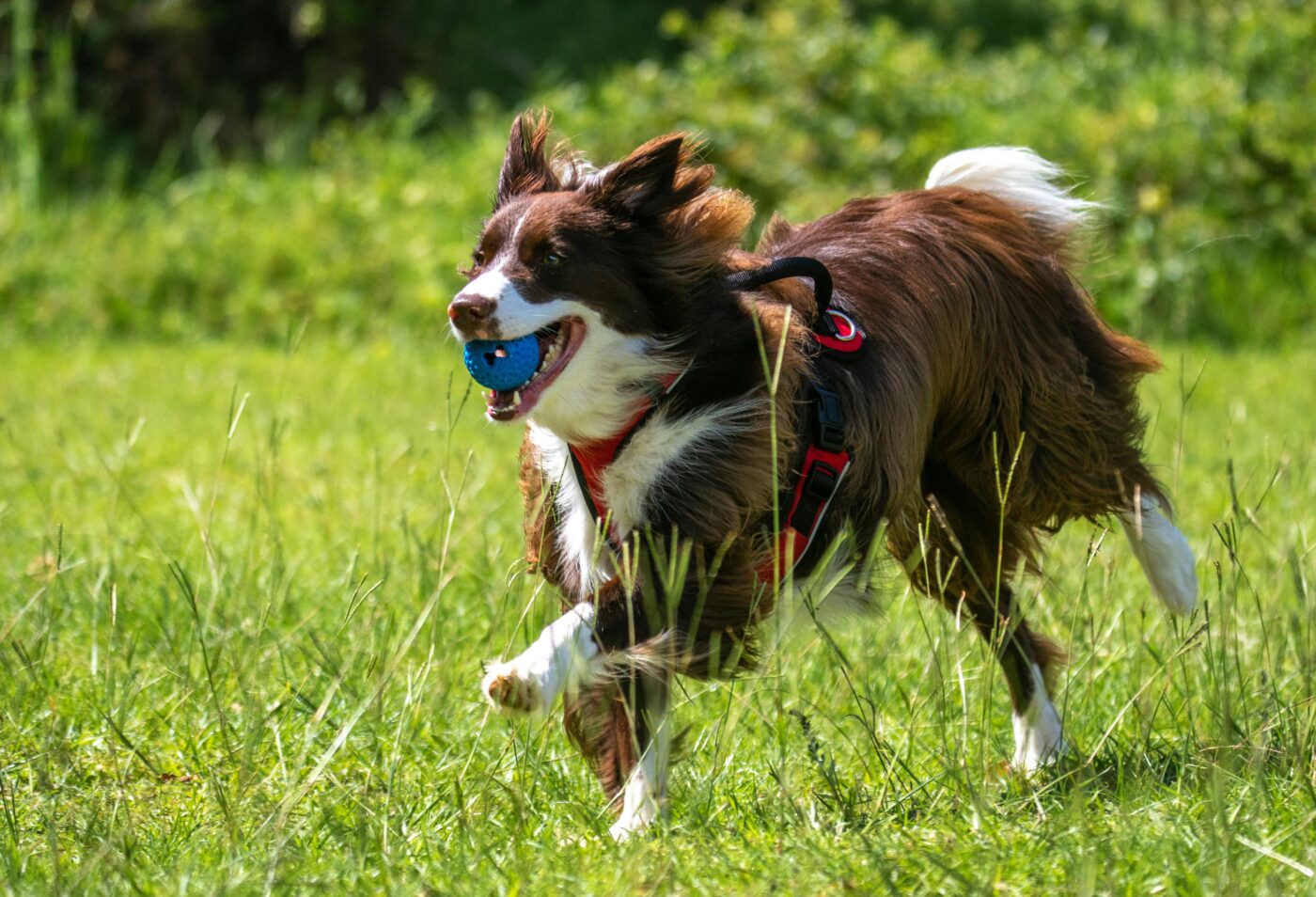 Shutterstock
Shutterstock
A happy dog is usually a playful dog, and playtime is a good indicator of their mood. Whether they’re chasing a favorite toy, playing fetch, or engaging in a friendly tug of war with you, playful behavior shows that your dog is content and feeling good. Playfulness can also include the classic “play bow,” where the dog lowers their front paws and sticks their rear in the air—an invitation to join in the fun. A dog that plays regularly is likely enjoying life and feeling happy.
Appetite and Interest in Treats
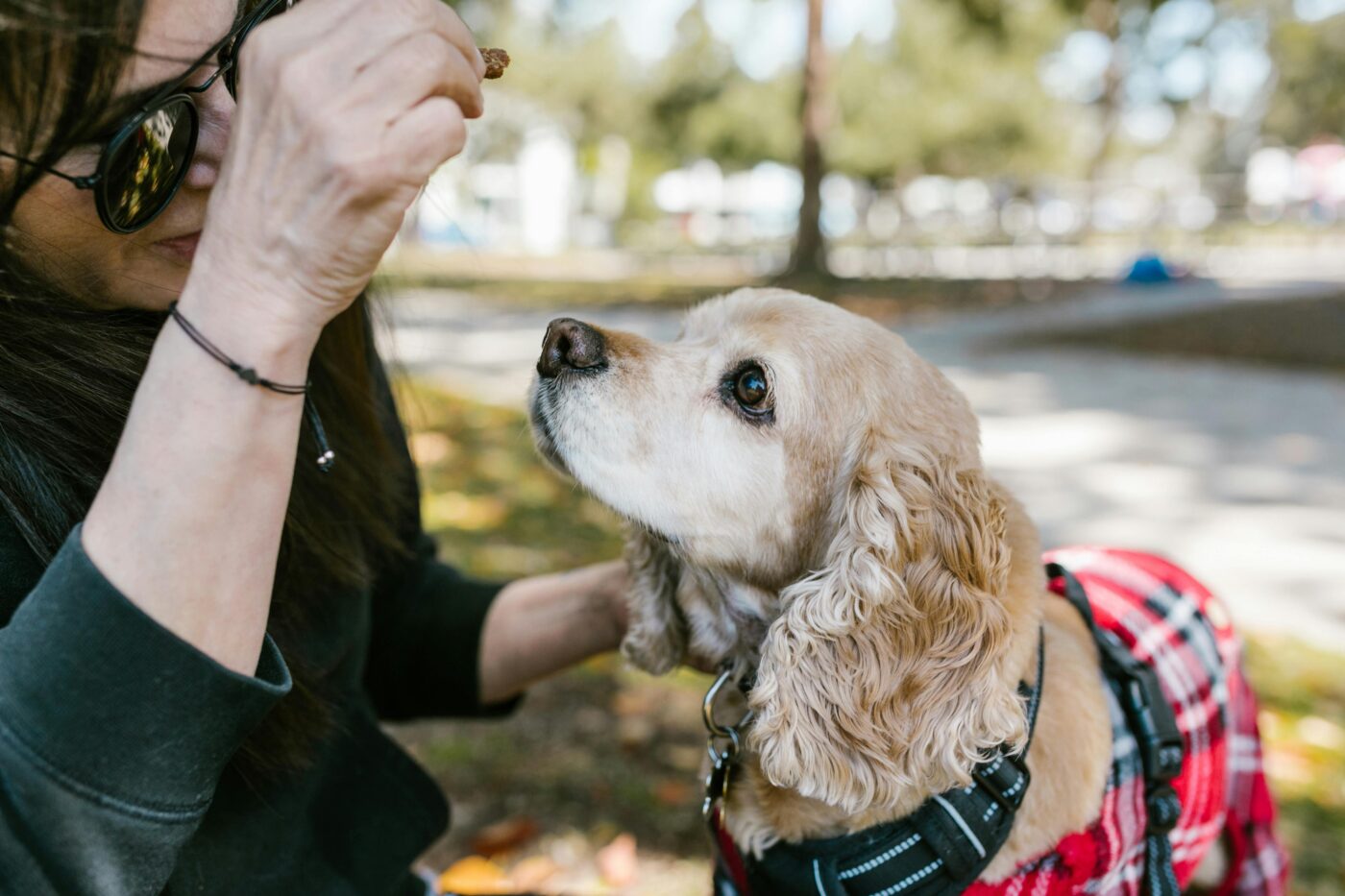 Shutterstock
Shutterstock
A healthy appetite is often a sign of a happy dog. When your dog is enthusiastic about mealtime and eager to eat, it’s a good indicator that he’s feeling content and in good spirits. Happy dogs usually have a healthy appetite and are interested in food and rewards, showing excitement when it’s time to eat. Although changes in appetite can sometimes indicate health issues, a dog that consistently enjoys its food is likely feeling good physically and emotionally.
Lots of Stomach Exposure
 Shutterstock
Shutterstock
When a dog rolls over to expose their belly, they are showing that they feel safe and trusting in their environment. A happy dog will often lie on their back with their belly up, inviting you to give them a belly rub. This position is a sign of weakness, meaning your dog is comfortable enough to let their guard down around you. If your dog frequently offers his belly for rubbing, this is a clear sign that he feels safe, loved, and happy.
Leaning on You
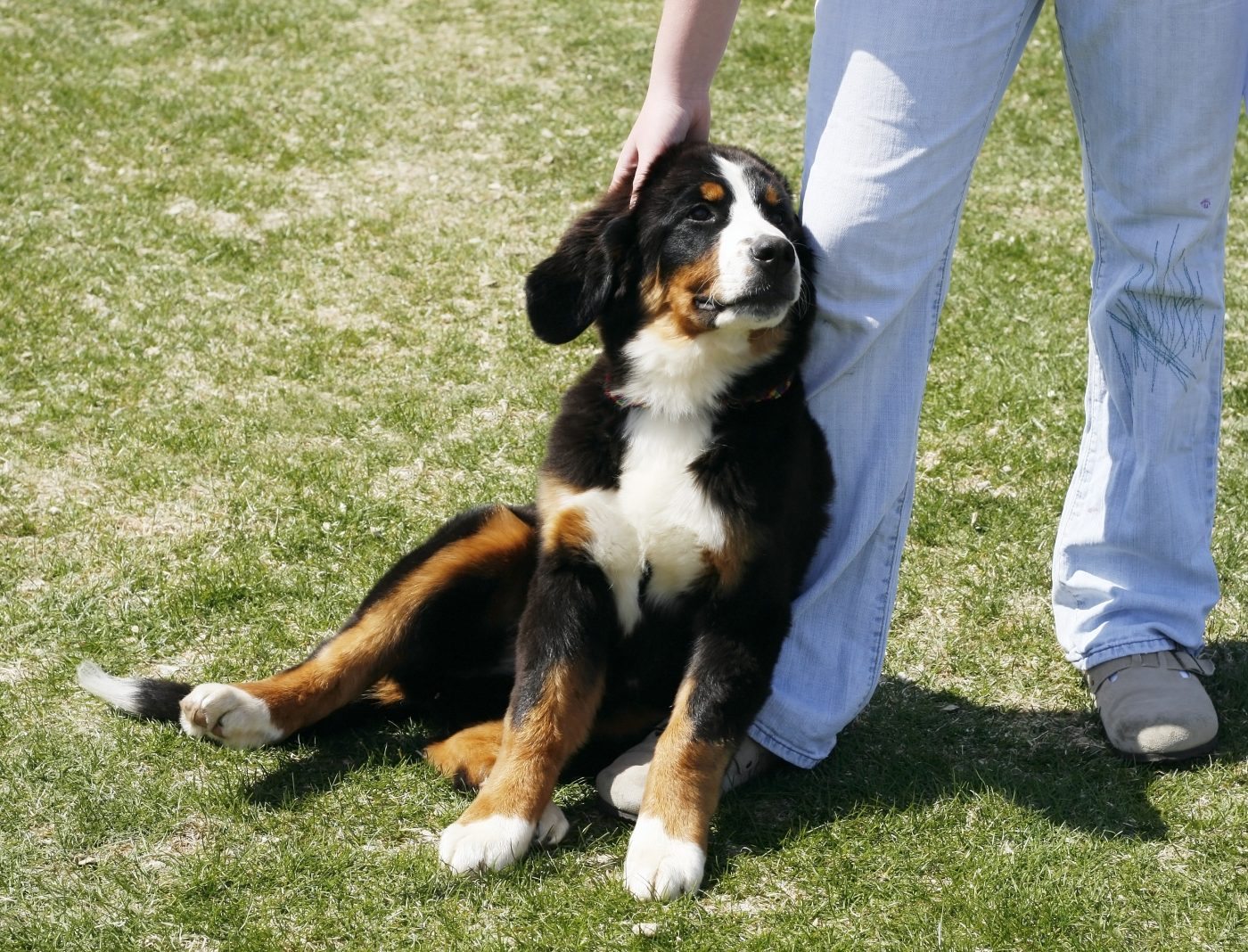 Shutterstock
Shutterstock
One of the sweetest signs of a happy dog is when they lean on you for affection. This behavior is a way for dogs to show that they trust you and want to be close to you. Whether they press their head against your leg or lean their whole body into your lap, this gesture shows that they see you as a source of comfort and safety. Dogs who lean into their owners for hugs express their happiness and the close bond they share with you.
Bright Eyes and Relaxed Expression
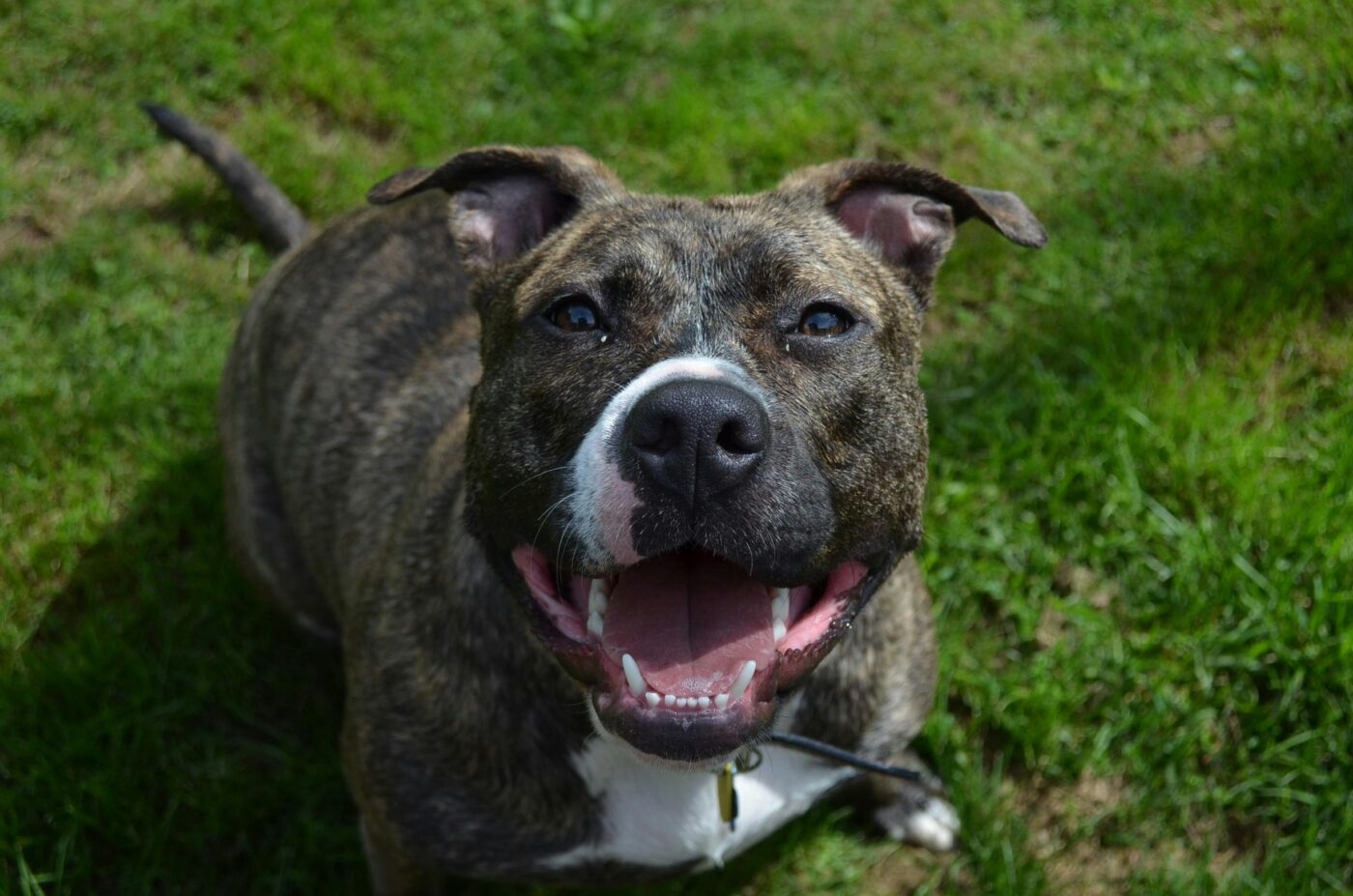 Shutterstock
Shutterstock
A happy dog often has bright, sparkling eyes and a relaxed expression. Their eyes will be open and focused, with a gentle, contented look. A relaxed dog may even squint slightly when he feels comfortable or when you stroke him in his favorite spot. A dog’s face can tell you a lot about his mood, and a happy dog will have a soft, relaxed look about him, with no signs of stress like furrowed brows or wide eyes.
Gentle Sighs and Contented Sighs
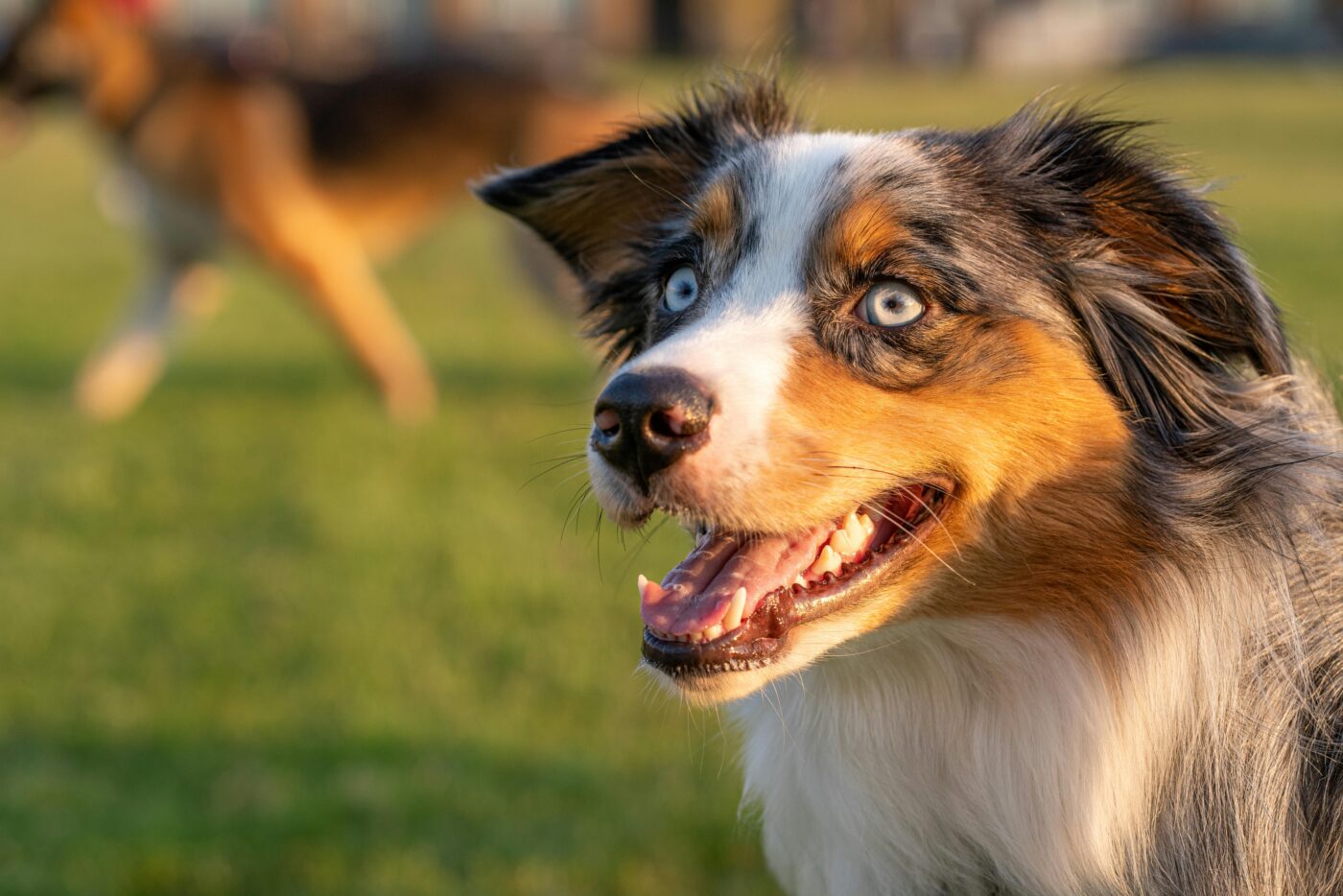 Shutterstock
Shutterstock
While excessive barking can indicate stress or excitement, certain sounds can be a sign of a happy dog. Contented sighs, soft purrs, and small grunts or moans are often ways for dogs to express their relaxation and contentment. You may notice these noises when your dog lays down on their bed after a long walk or when you give them a relaxing pet. These happy sounds show that your dog feels safe, content, and comfortable in their environment.
I follow you around
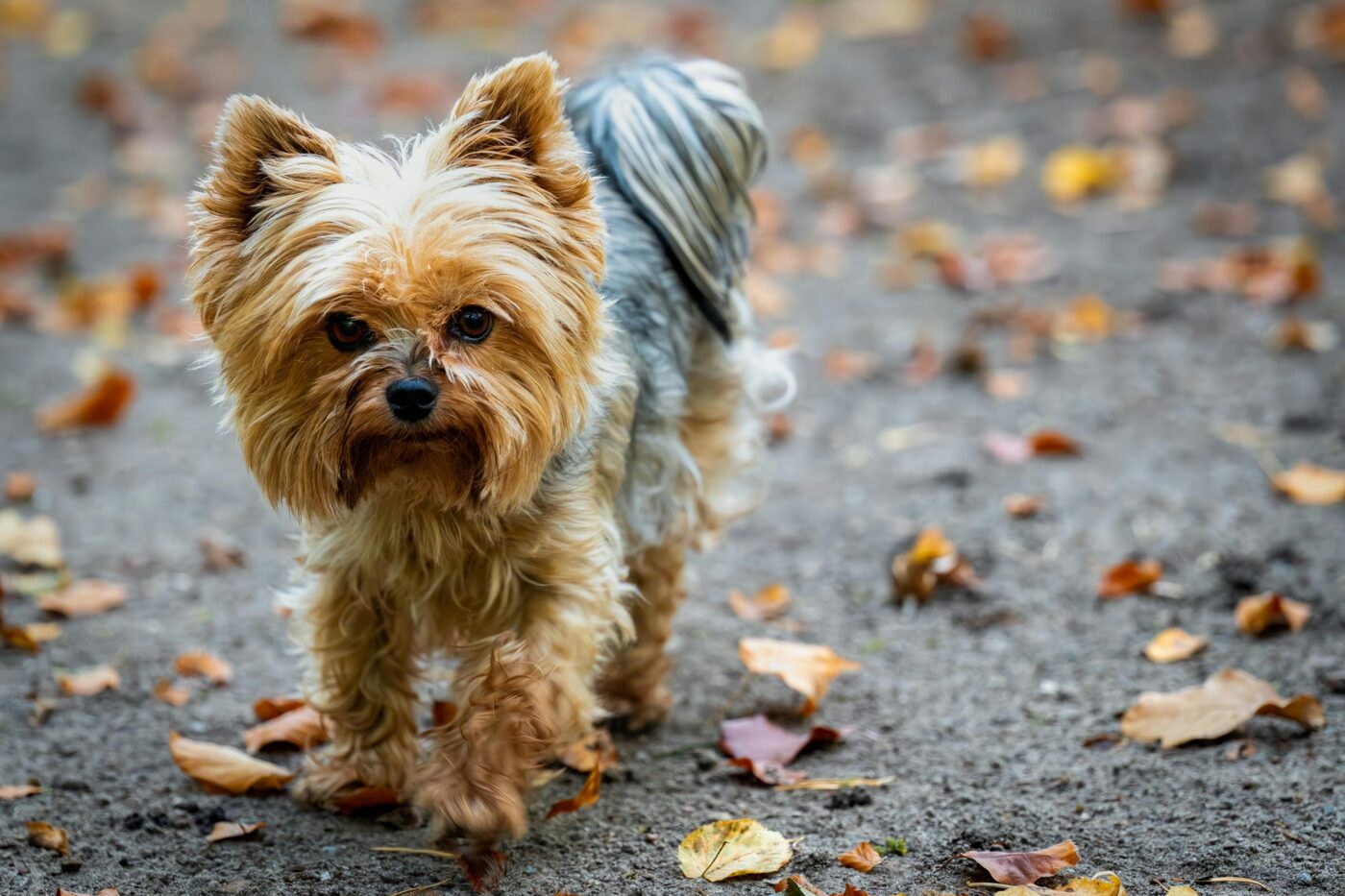 Shutterstock
Shutterstock
A dog that follows you around the house isn’t necessarily clingy—they’re showing that they enjoy your company and want to be close to you. Happy dogs often want to be in the room with their favorite people, even if they are sitting quietly nearby. This behavior, known as “shadowing,” is a sign that your dog feels safe and happy in your presence. It’s their way of saying, “I want to be around you,” which is a good indicator that they’re content.
Tail-Up Wag and Butt Wiggle
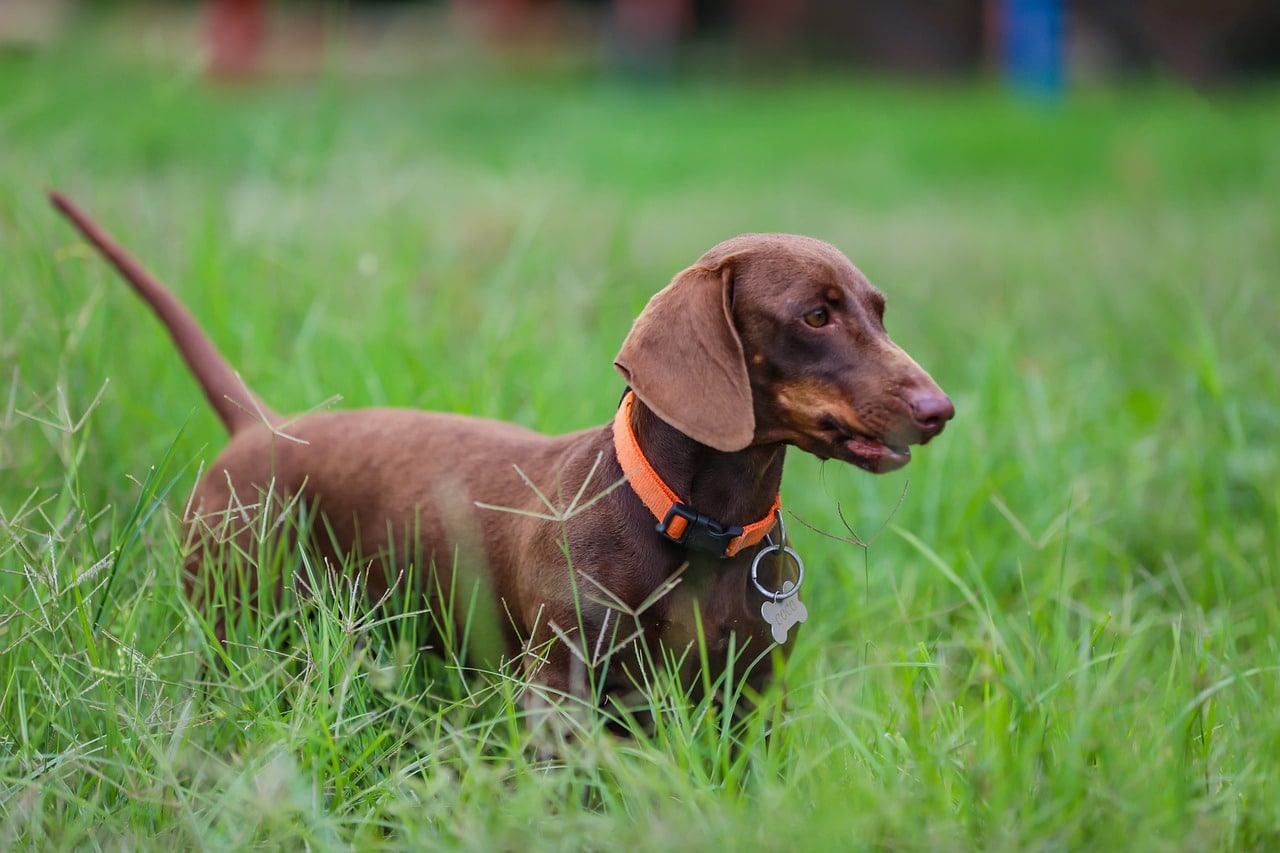 Shutterstock
Shutterstock
While wagging tails can mean many things, the classic “butt wiggle” is a strong sign of a happy dog. When a dog’s entire hindquarters move along with their tail, this is a sure sign of excitement and joy. This type of barking often happens when you come home after a long day or when your dog sees their favorite person or toy. A dog that greets you with a wiggly butt is clearly happy to see you and eager for whatever fun awaits.
Curiosity and Exploration
 Shutterstock
Shutterstock
Happy dogs are curious dogs—they’re eager to explore their surroundings, sniff out new smells, and investigate the world around them. A dog that enjoys exploring on a walk, checking out new toys, or investigating new guests shows signs of mental engagement and happiness. Curiosity indicates that your dog feels safe and secure enough to focus on its surroundings instead of being alert. This playful curiosity is a sign of a dog that feels happy and stimulated.
Enjoying Quality Sleep
 Shutterstock
Shutterstock
A well-rested dog is often a happy one. Dogs who feel safe and comfortable will sleep soundly, often stretched out in relaxed positions or curled up in their favorite spot. Happy dogs tend to get plenty of rest, sleep throughout the day and sleep deeply at night. If your dog often sleeps in a relaxed position with his belly exposed or his legs spread, this is a sign that he feels safe in his environment. Good sleep habits are a reflection of your dog’s overall happiness and well-being.
The Secret Of Doggy Joy
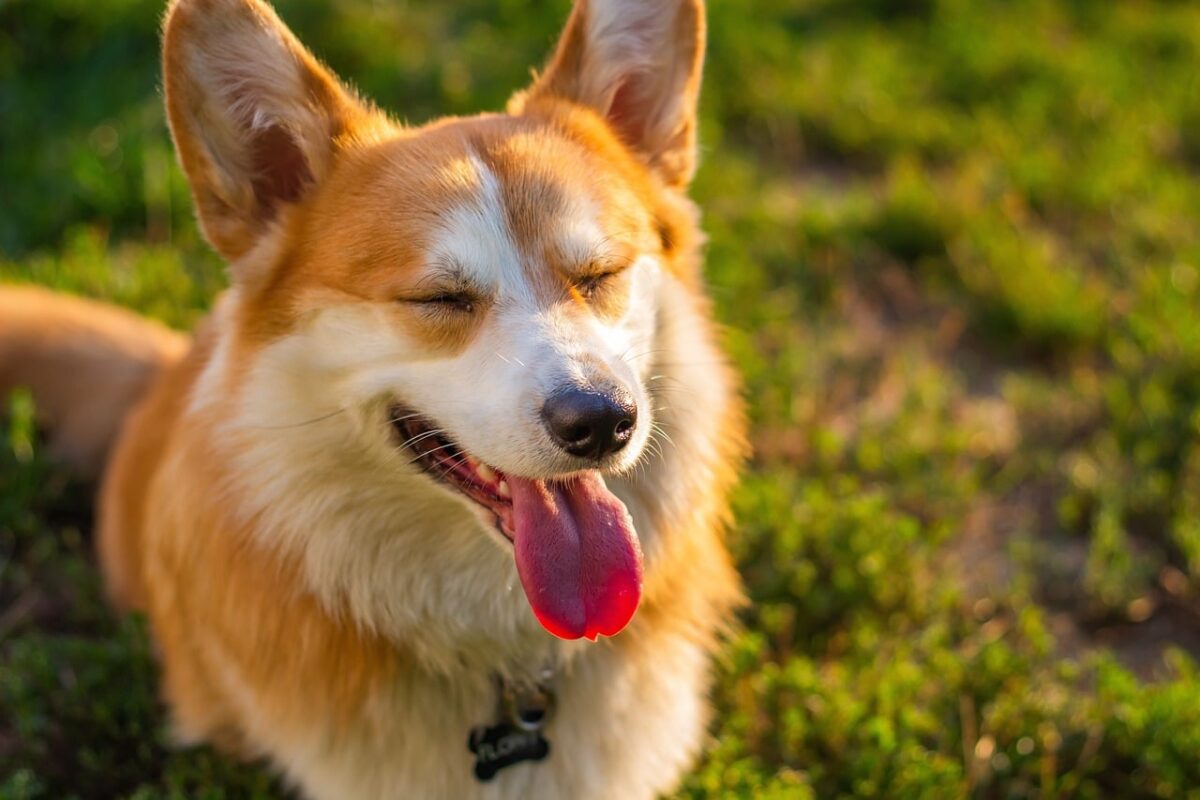 Shutterstock
Shutterstock
Now that you know how to spot a happy dog, you can truly appreciate those special, happy moments. Whether it’s a wiggly tail, a contented sigh, or a playful bounce, dogs have endless ways of expressing their love and happiness. Being able to recognize these signs helps you connect more deeply with your furry friend. And remember, when your dog looks at you with those big eyes, they’re probably thinking, “You’re the best person ever (but, of course, a little extra treat can’t hurt!).”


